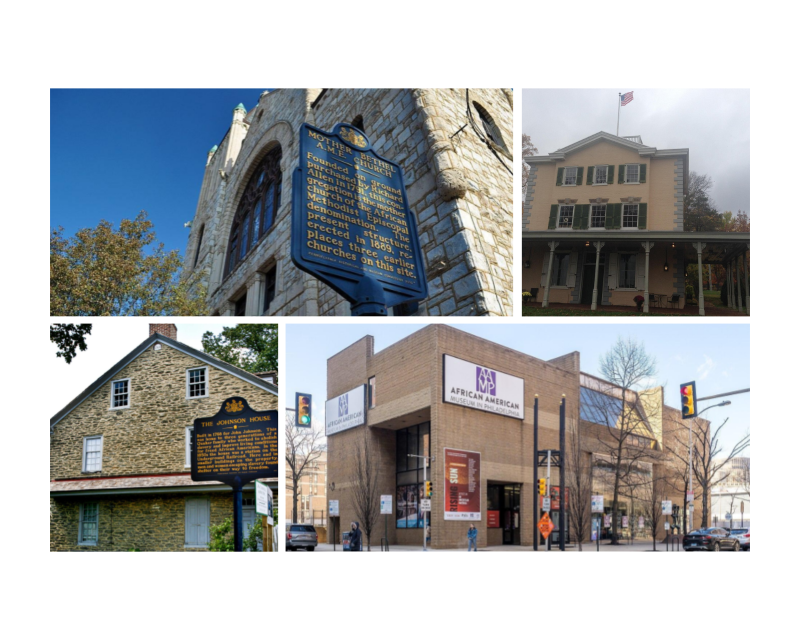Image: A collage of Philadelphia landmarks in the article; sources below.
The history of the emancipation of slavery, the independence of America, the civil rights struggle as well as the advancement of African Americans cannot be told without reference to the great city of Philadelphia.
Philadelphia holds a rich history of the growth of America, and part of that growth has been the contributions of African Americans. Through resilience and creativity, Blacks in America have come to play a crucial role in shaping the history of the nation and, more importantly, the culture and identity of the city.
Many landmarks and sites exist all around the city that offer a window into understanding the history, culture, identity, struggles, and experiences of Blacks in America today. Let us look at some of these historic sites and landmarks.
African American Museum in Philadelphia
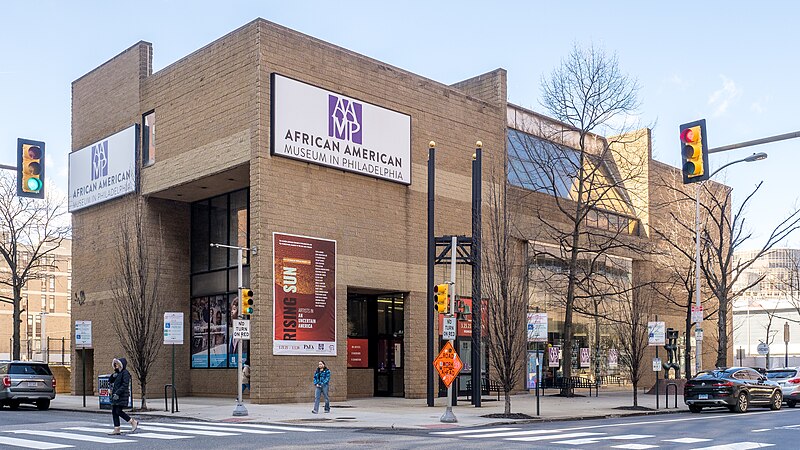
ajay_suresh, CC BY 2.0, via Wikimedia Commons
The abolitionist movement which was a precursor to the American Civil had thrown up several Black men and women leaders who themselves runaway slaves, had committed themselves to the total eradication of slavery of all forms in America.
Opened in 1976, the African and American Museum in Philadelphia offers not just an insight into their lives and contributions to the emancipation of slaves, it also introduces visitors to the many civil rights movement correspondences and different historical struggles of African Americans.
Mother Bethel African Methodist Episcopal (AME) Church
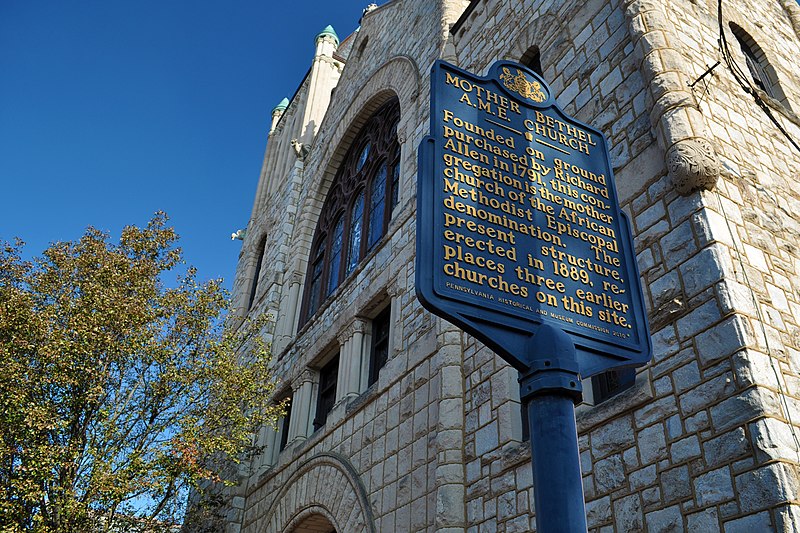
Nick-philly, CC BY-SA 4.0, via Wikimedia Commons
At the height of racial discrimination and segregation during worship in America, the Mother Bethel African Methodist Episcopal Church became the converging point for all Blacks to find commonality in worship.
Founded by Richard Allen and Absalom Jones, both freed slaves, the church is the oldest Black-owned church and the first independent protestant church of African American origins.
As part of its rich history, Mother Bethel Church played an influential role in the emancipation of slavery push by playing a crucial role in hiding fugitive slaves using the Underground Railroad movement before the Civil War. Entombed within the church with a museum built in his honor, Pastor Allen remains a testament to the influence Black-owned churches played in the fight against slavery.
Underground Railroad Museum at Belmont Mansion
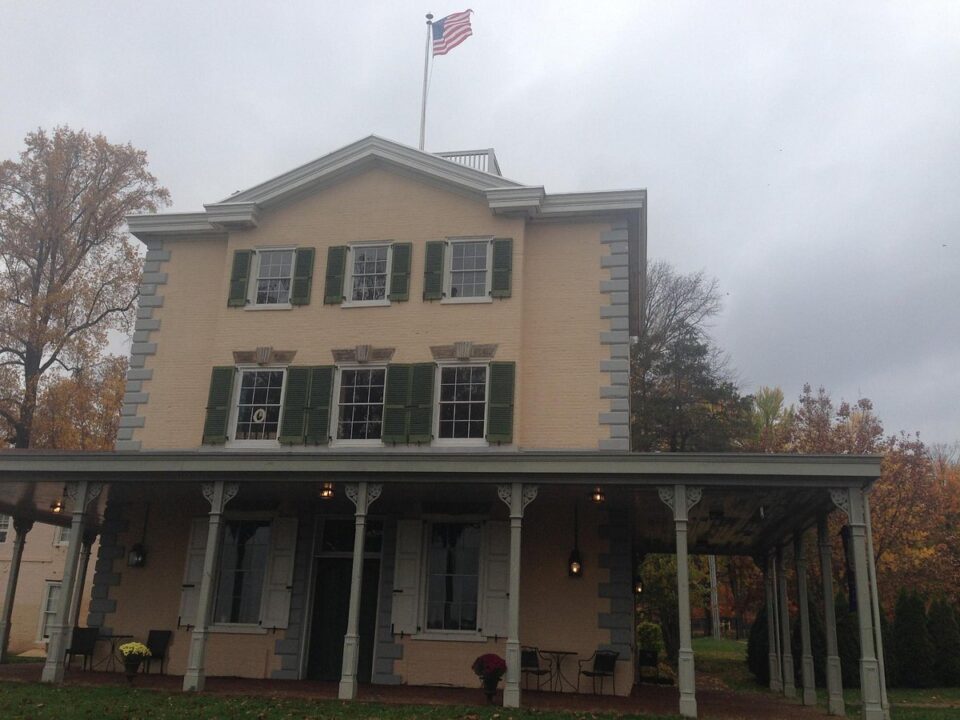
Source: Trip Advisor
In the effort by African Americans to gain freedom and escape from servitude, many individuals and bodies played a crucial role but none so other was instrumental in seeing to the rescuing and resettling of escaped slaves than the Underground Railroad Movement.
At the height of the fugitive slave act in 1793, many persons rose to act against what they would view as an obnoxious act. One such was Judge Richard Peters, who not only opposed the Fugitive slave act but was also an abolitionist who saw slavery as evil and took steps to contribute to the fight against it. Using his home as a hiding place for fugitives traveling through the underground rail, Peters through his son Peter Jr. designed the railway routes that passed through their home in a way that forced the trains to slow down thereby giving ample opportunity for stowaways to jump off and find safety in the Belmont mansion which stands today as a testament to the bravery and contribution of the Peters family.
Germantown, Philadelphia
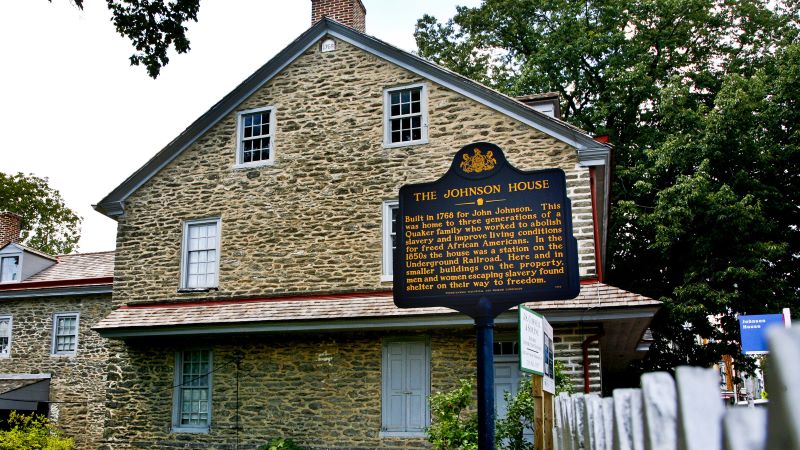
Image: Johnson House located in Germantown. Source: VisitPhilly
The history of the fight against slavery would not be complete without referencing the 1688 Germantown Quaker petition, the first of its kind protest for the abolition of slavery. Drafted by Daniel Pastorius and three other Quaker members (a religious society of friends), they argued against slavery using one of scripture’s golden rules, “Do unto others as you would have them do unto you”.
While the petition may have had no immediate effect, it spurred up the arguments for equal human rights for everyone which would later give birth to the abolitionist and suffrage movements as well as the Declaration of Independence.
In Germantown, historical sites like the Lest We Forget Museum, the Concord school house where you can find old desks owned by Black students and abolitionists as well as the Johnson House can still be found standing as a testament to how a little spark can become a conflagration.

Okechukwu Nzeribe works with the Onitsha Chamber of Commerce, in Anambra State, Nigeria, and loves unveiling the richness of African cultures. okechukwu.onicima@gmail.com

